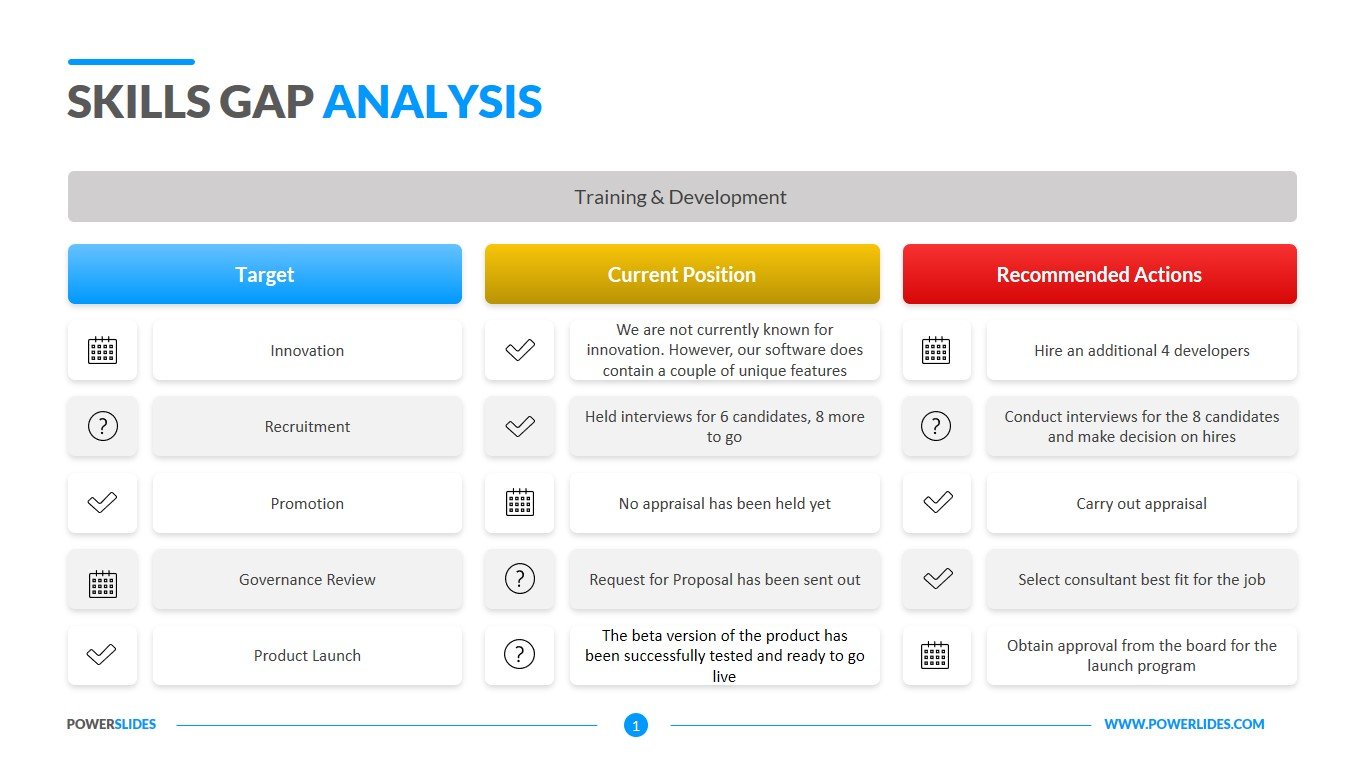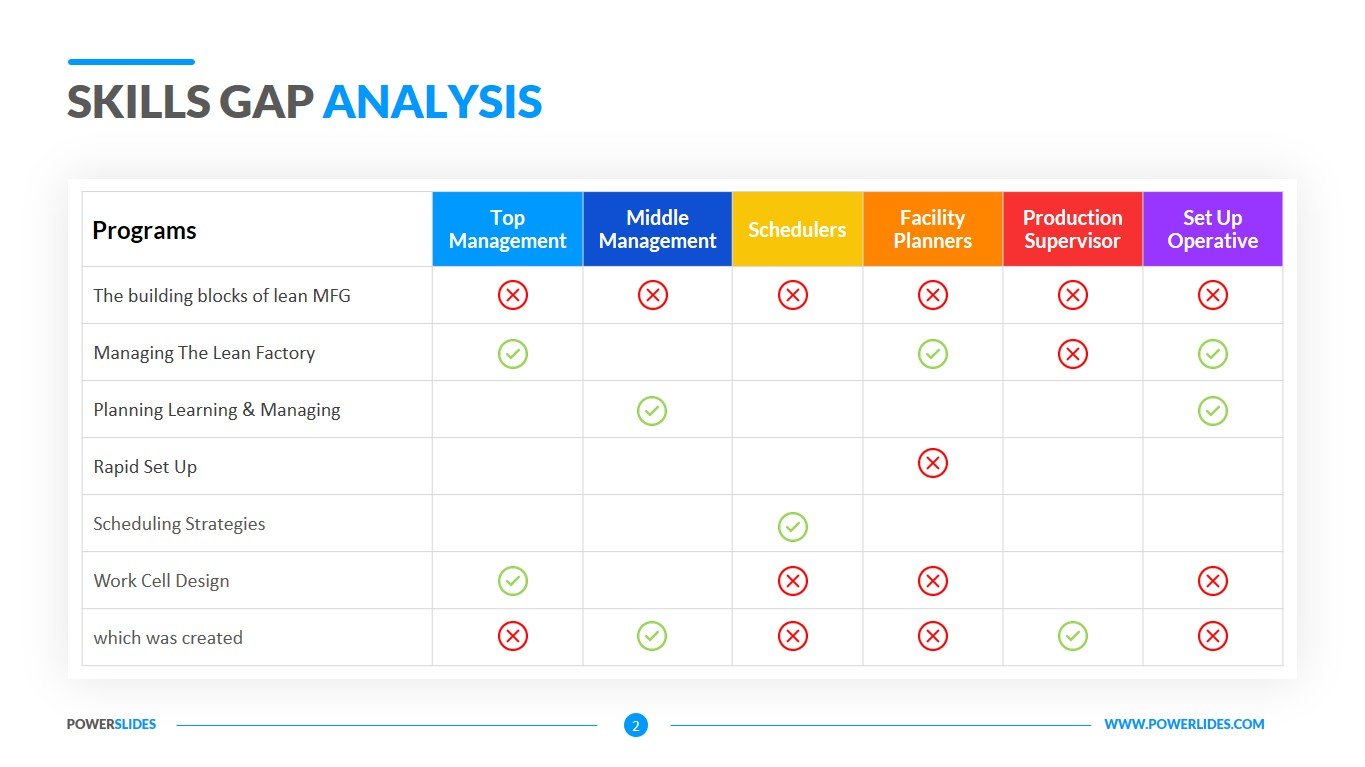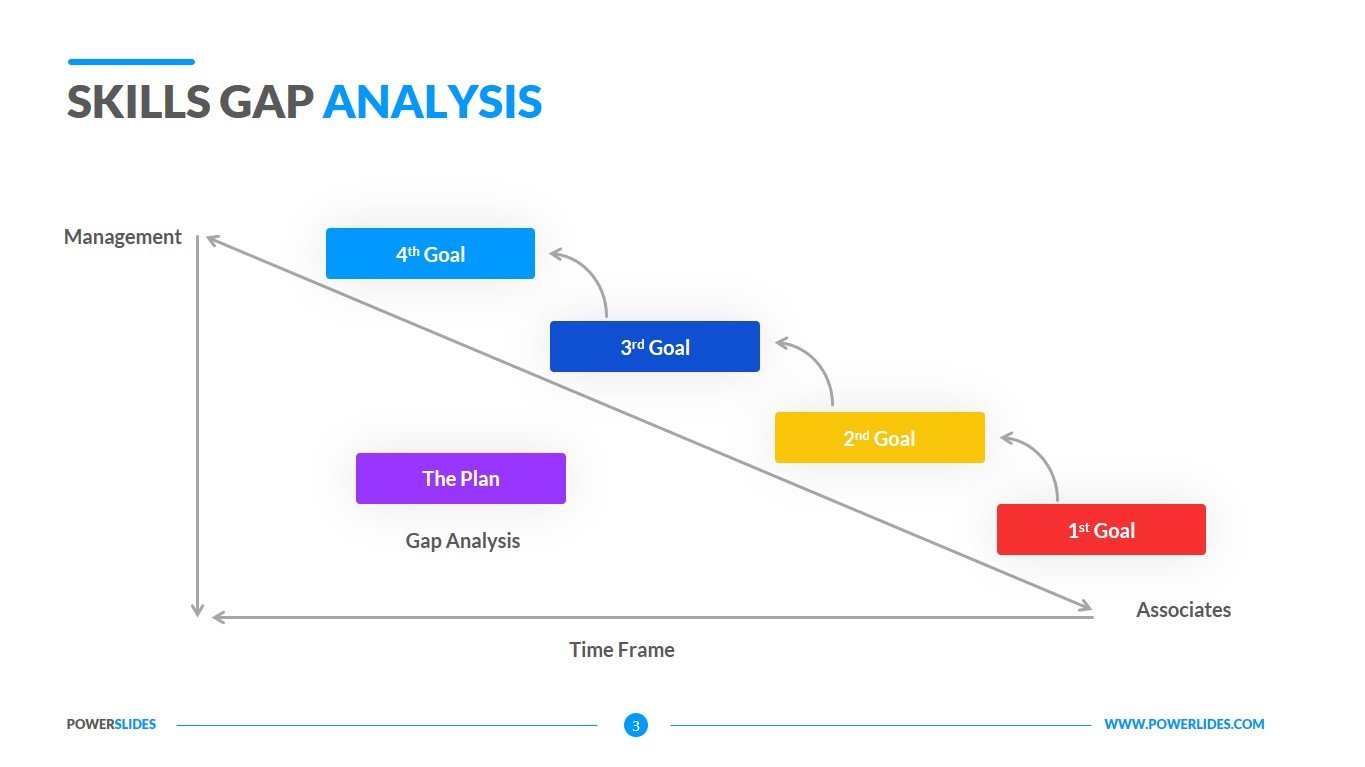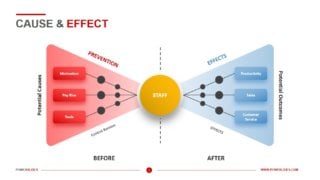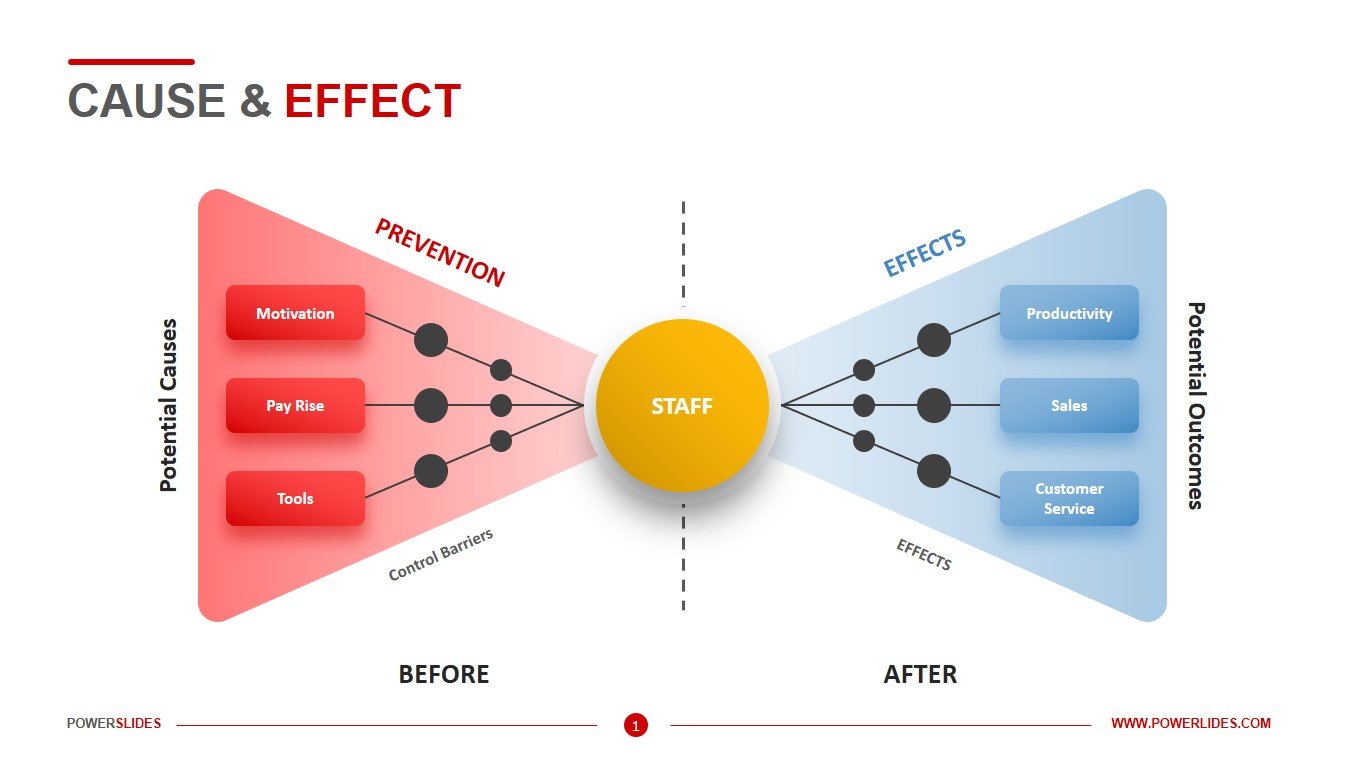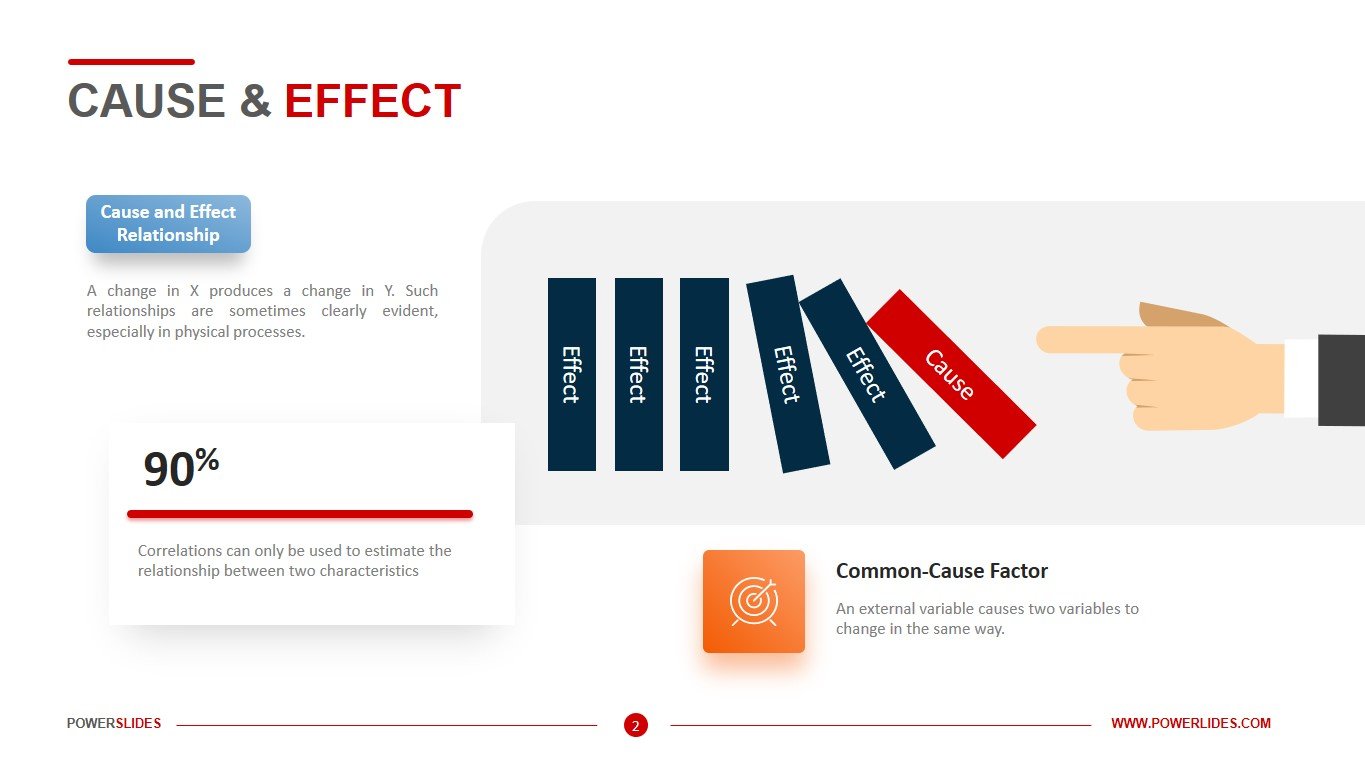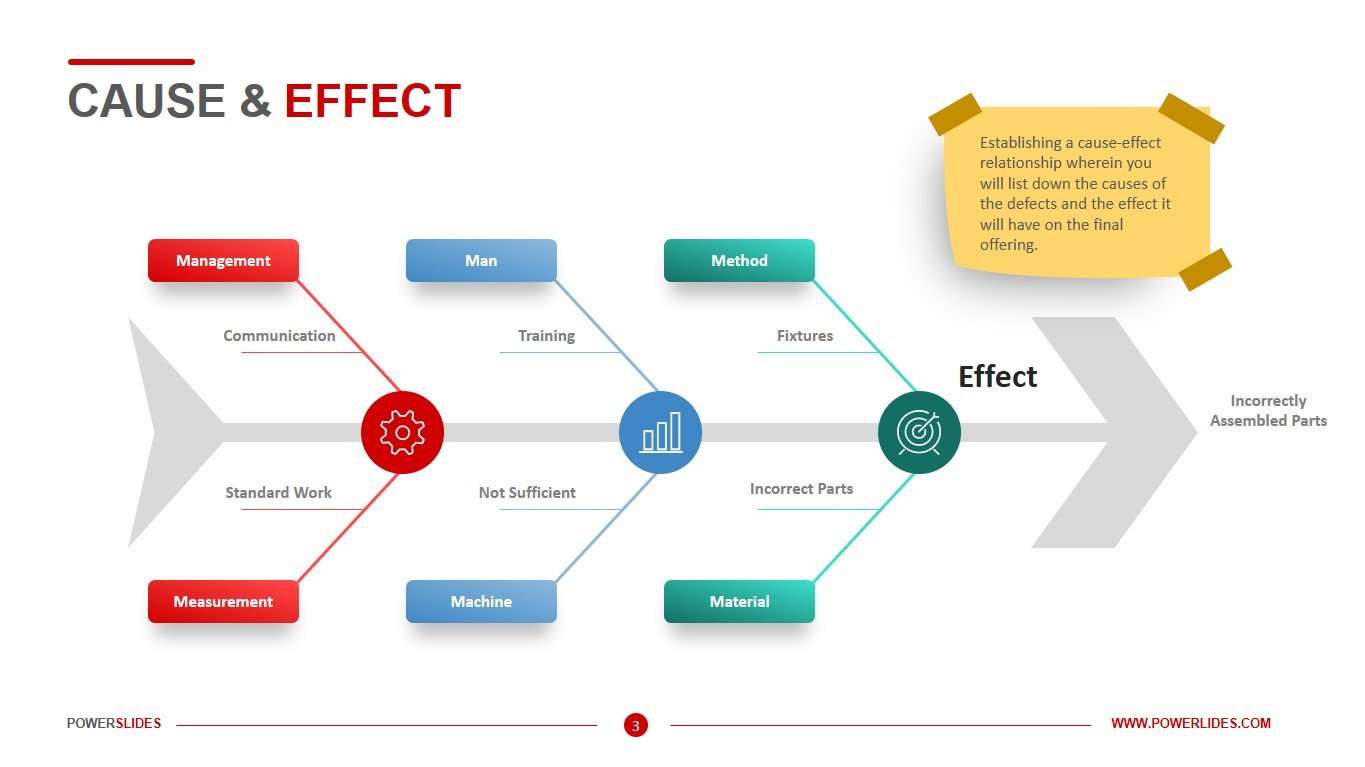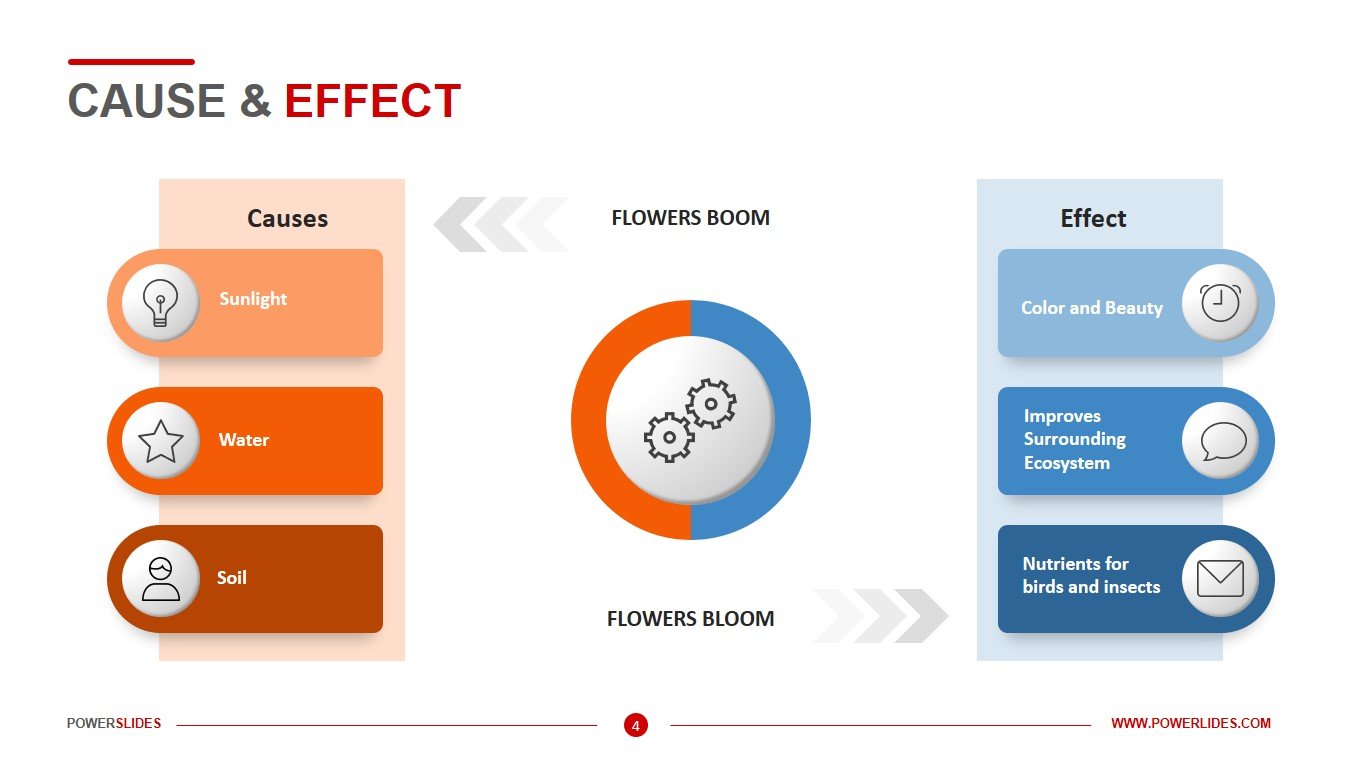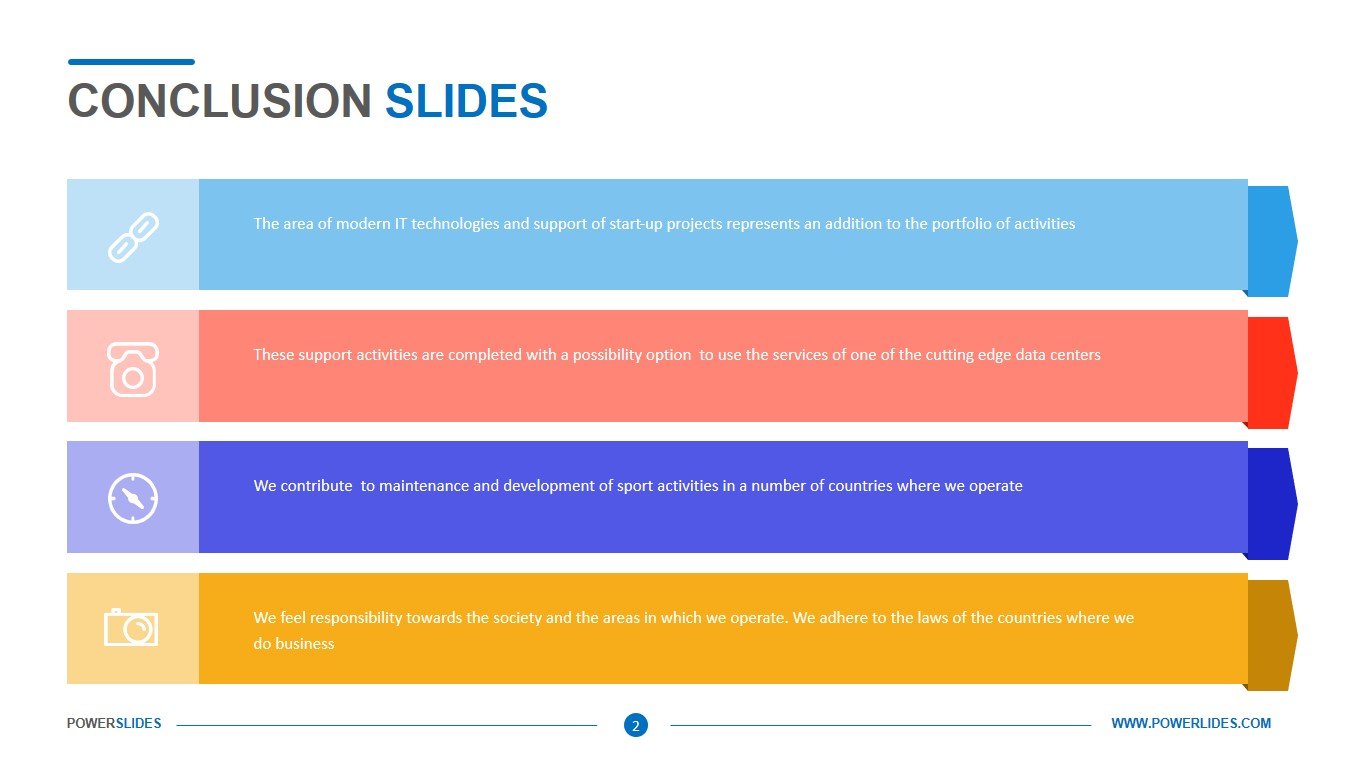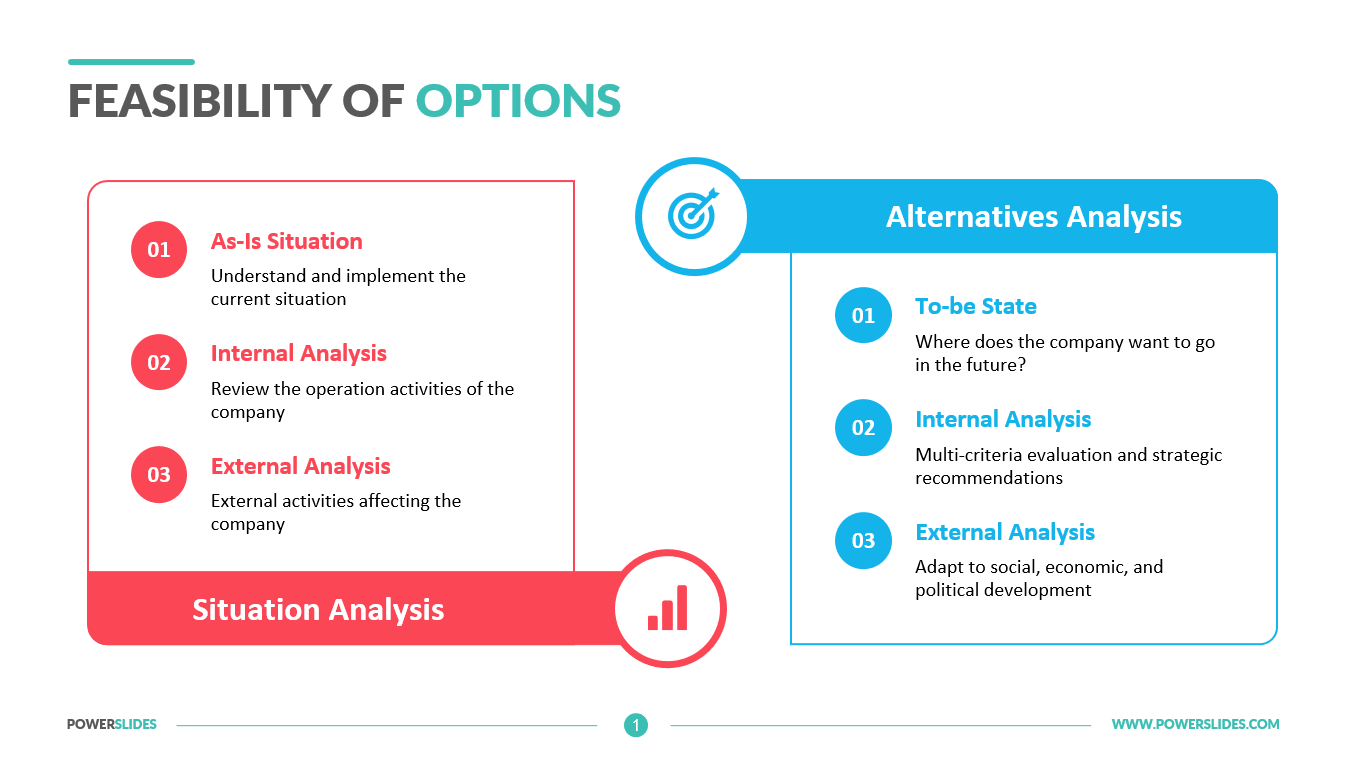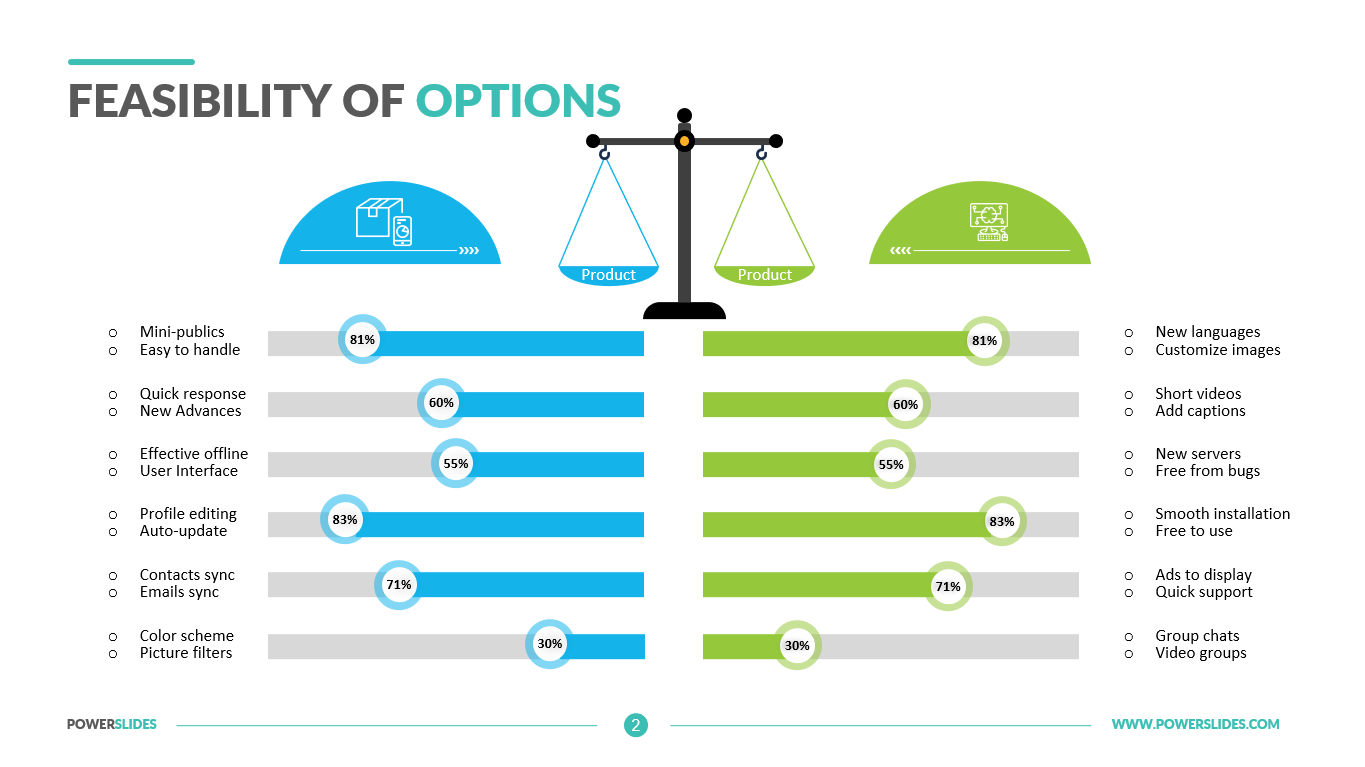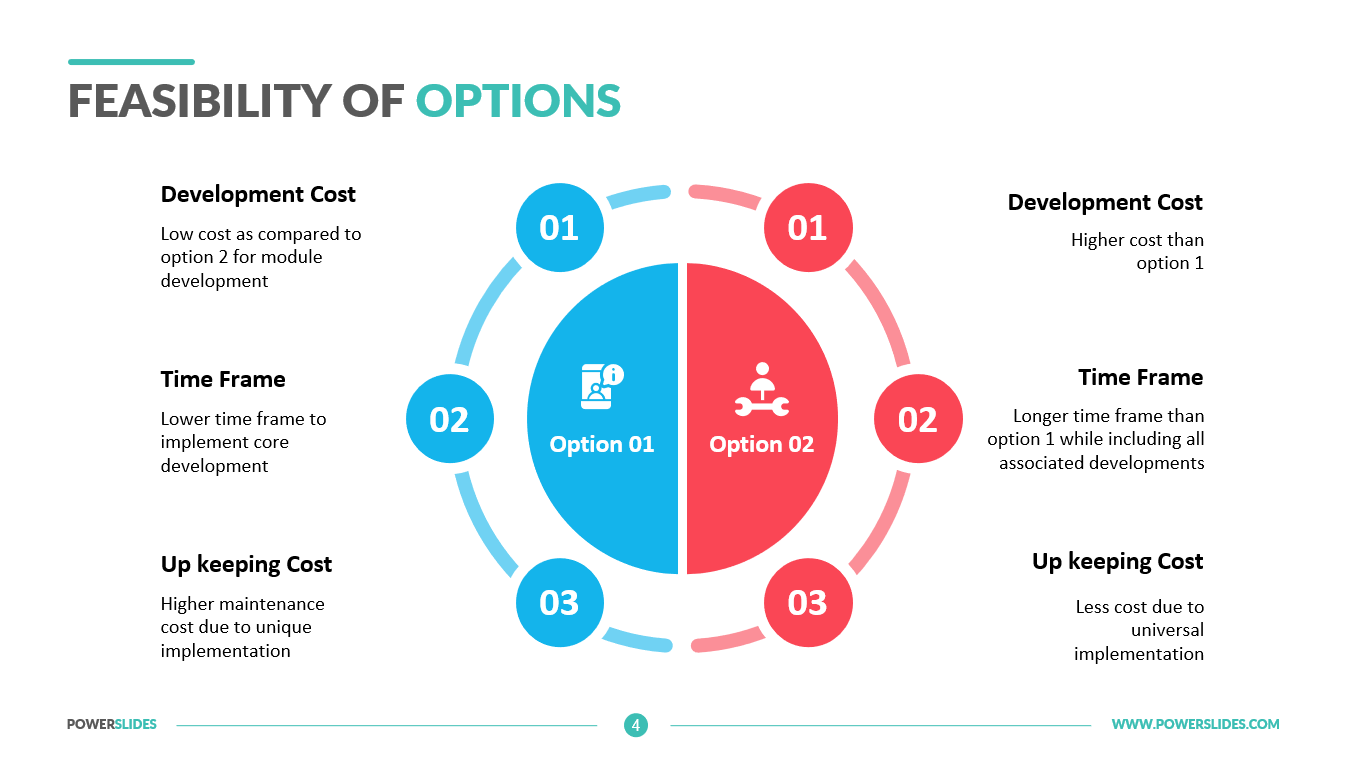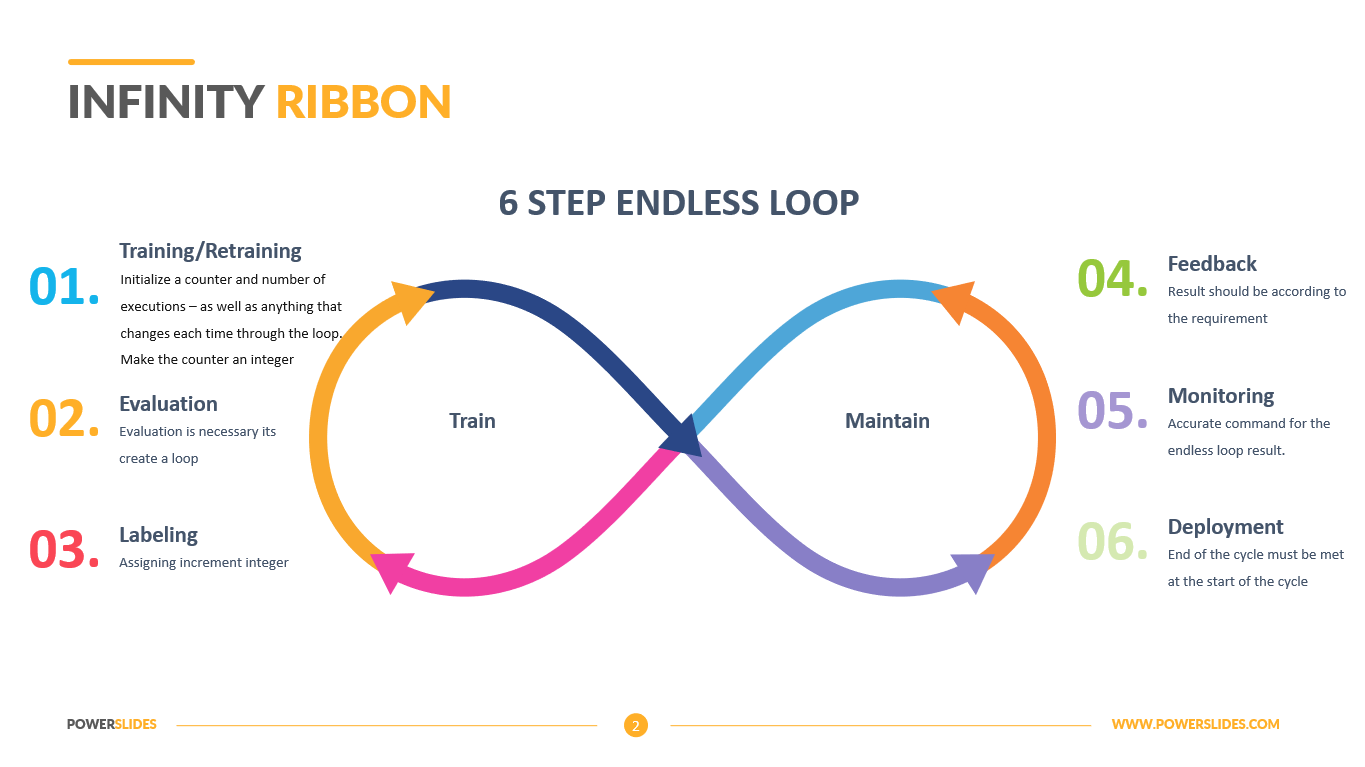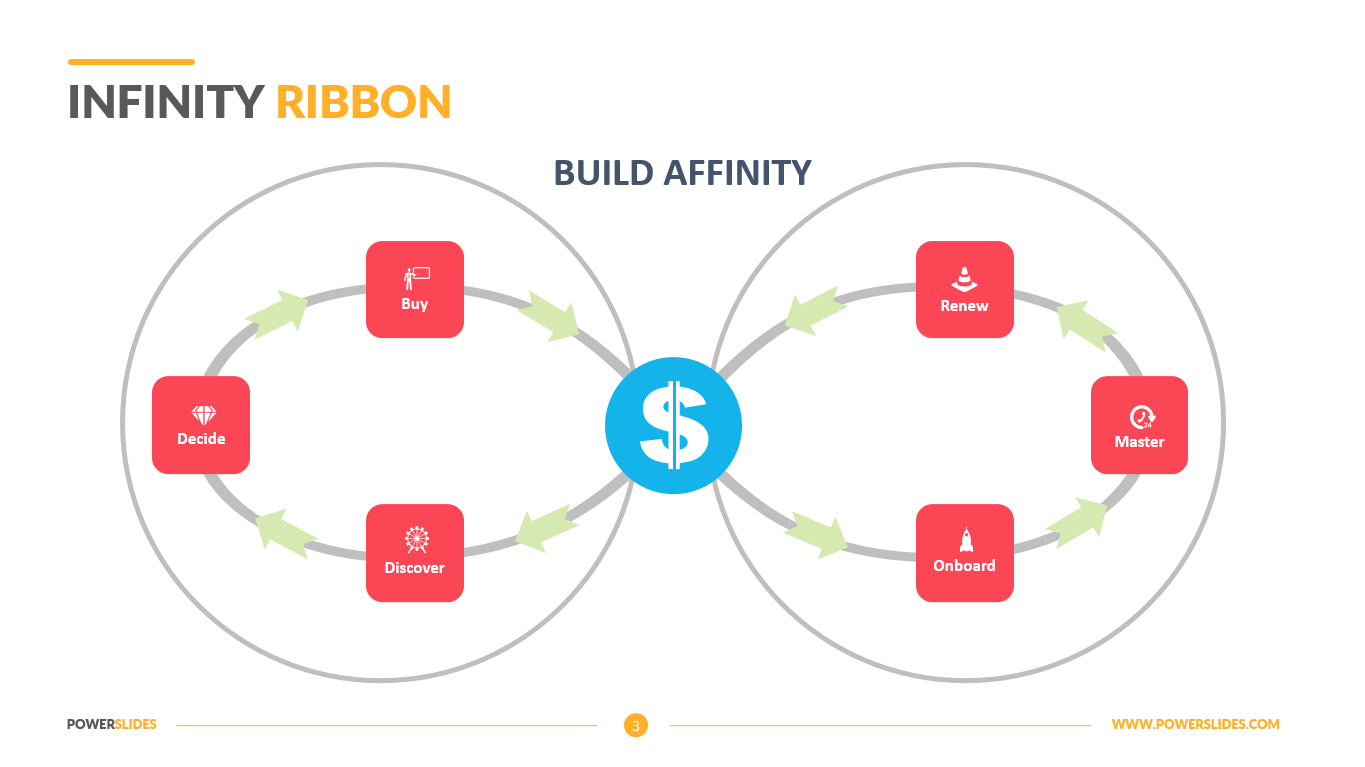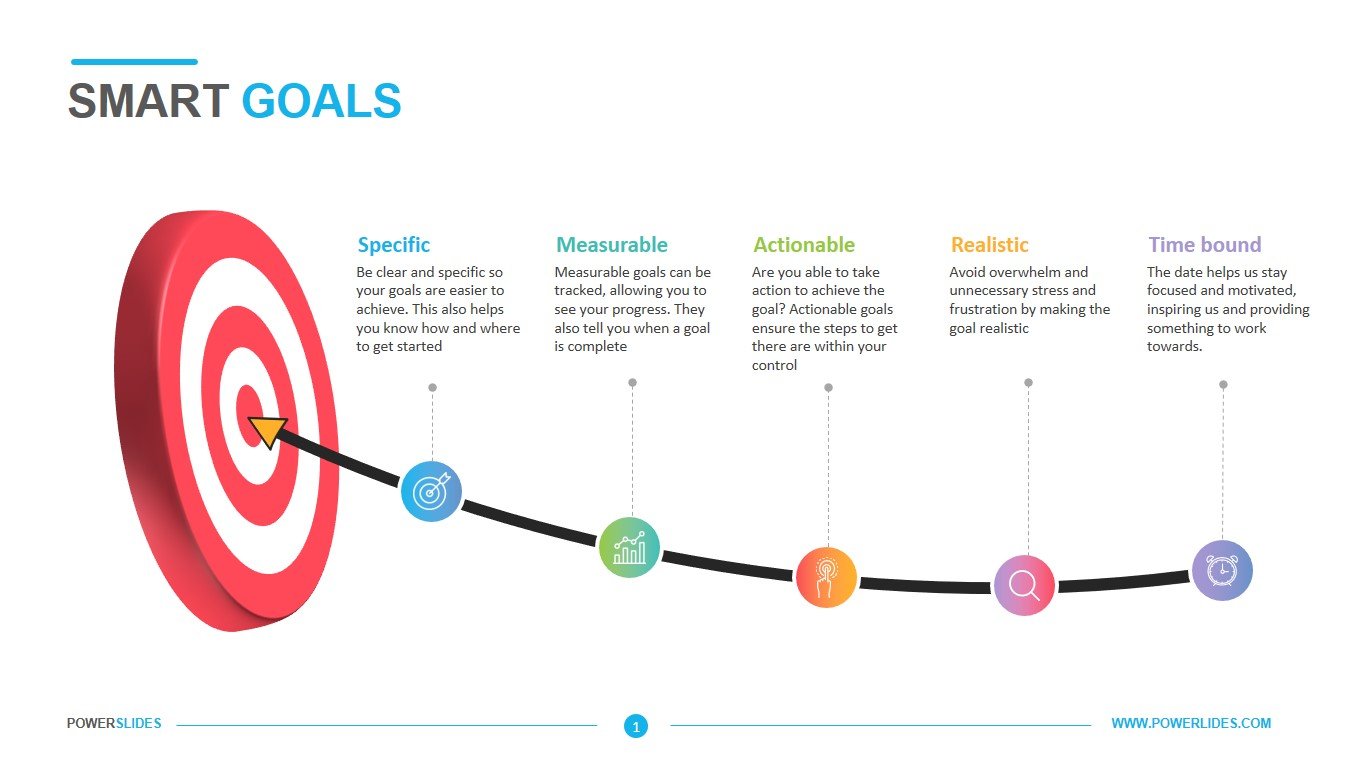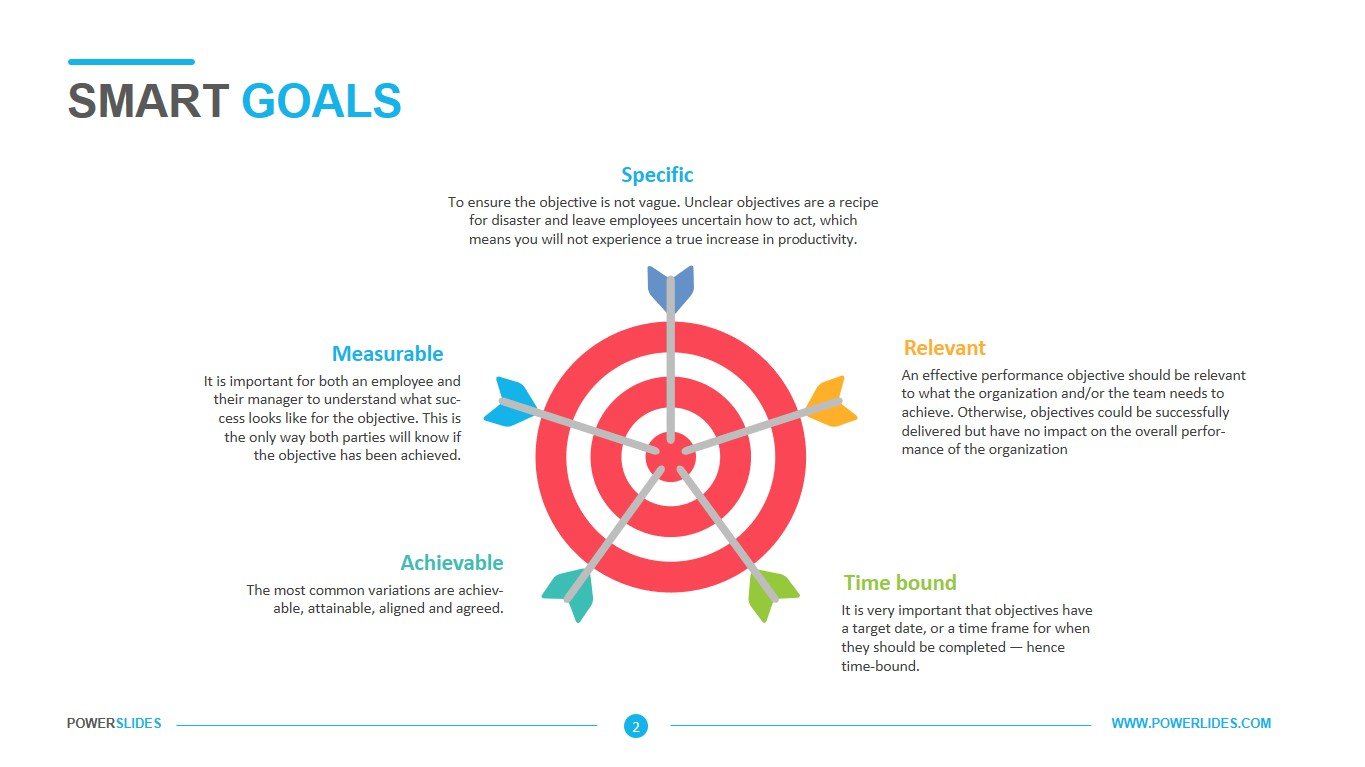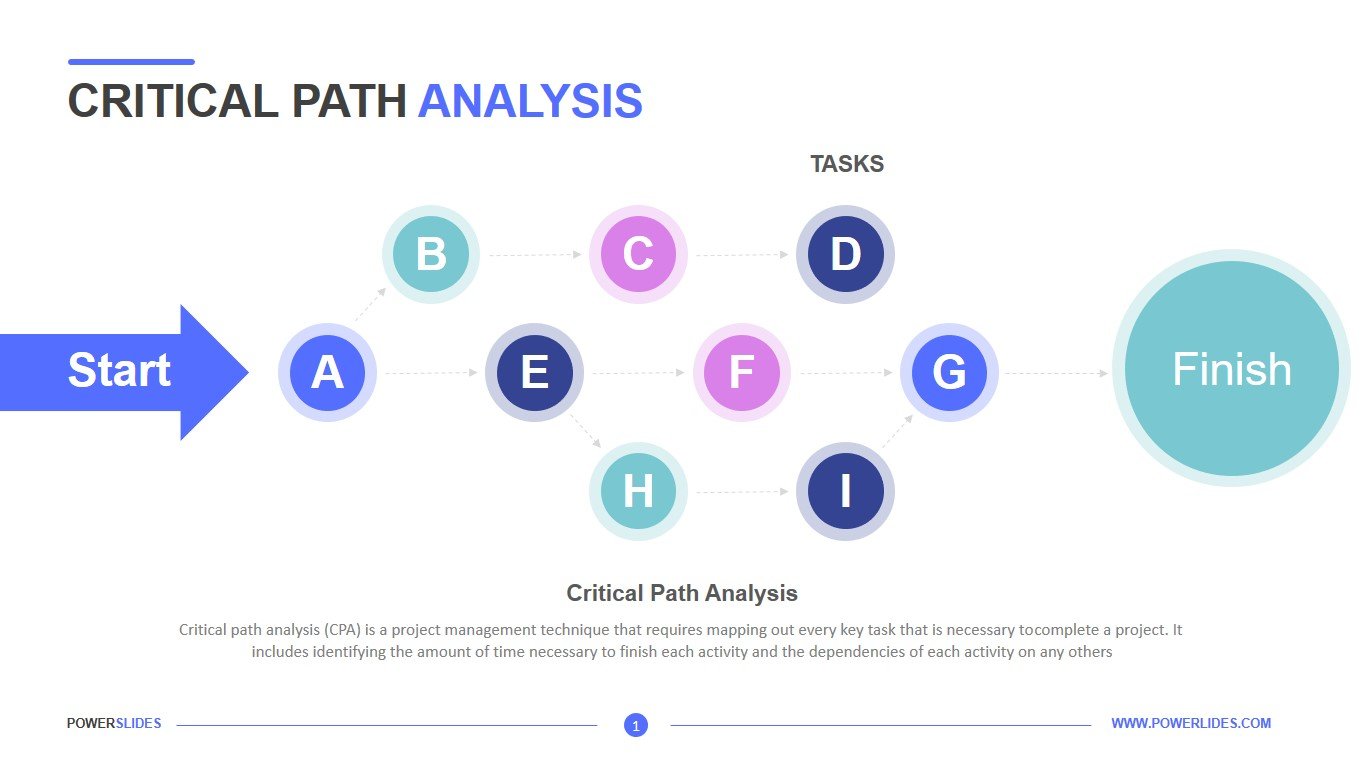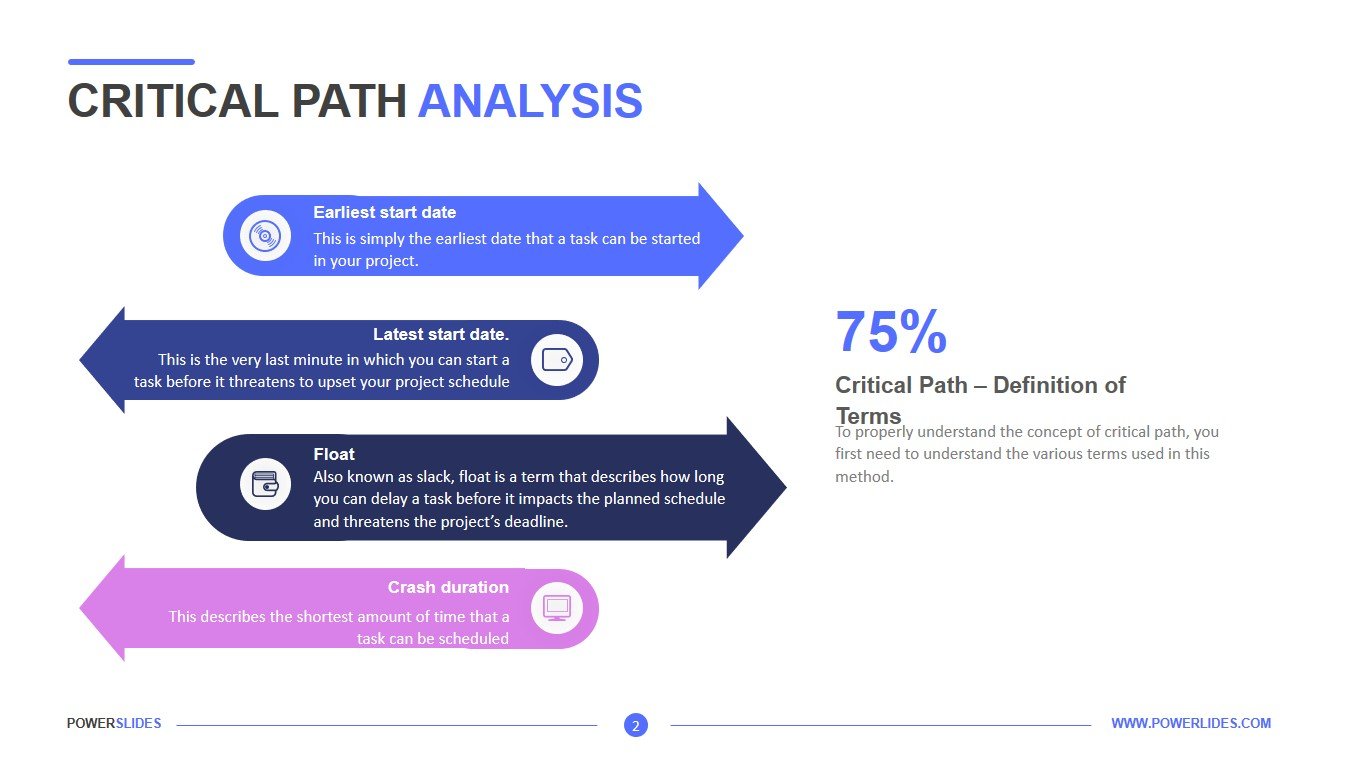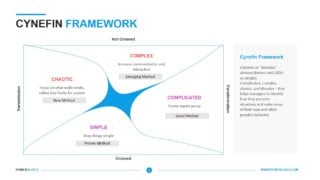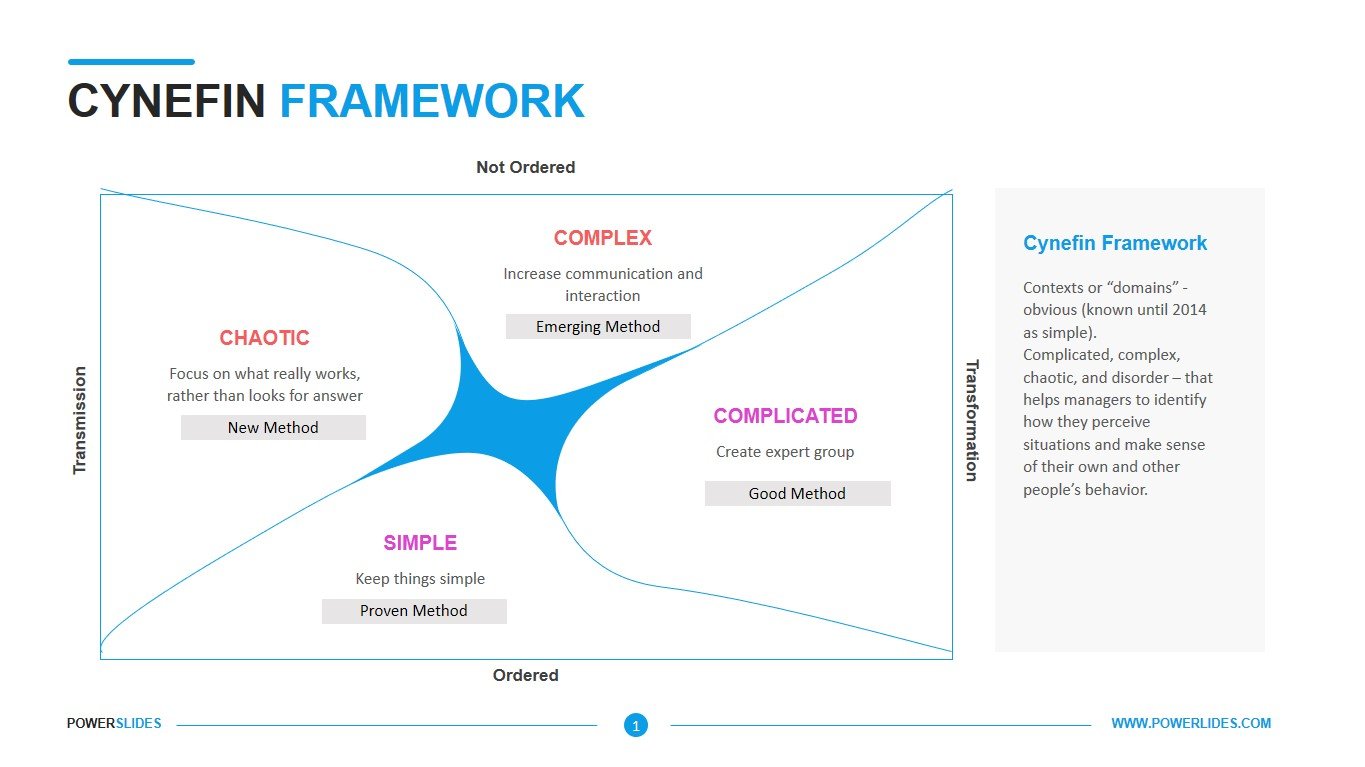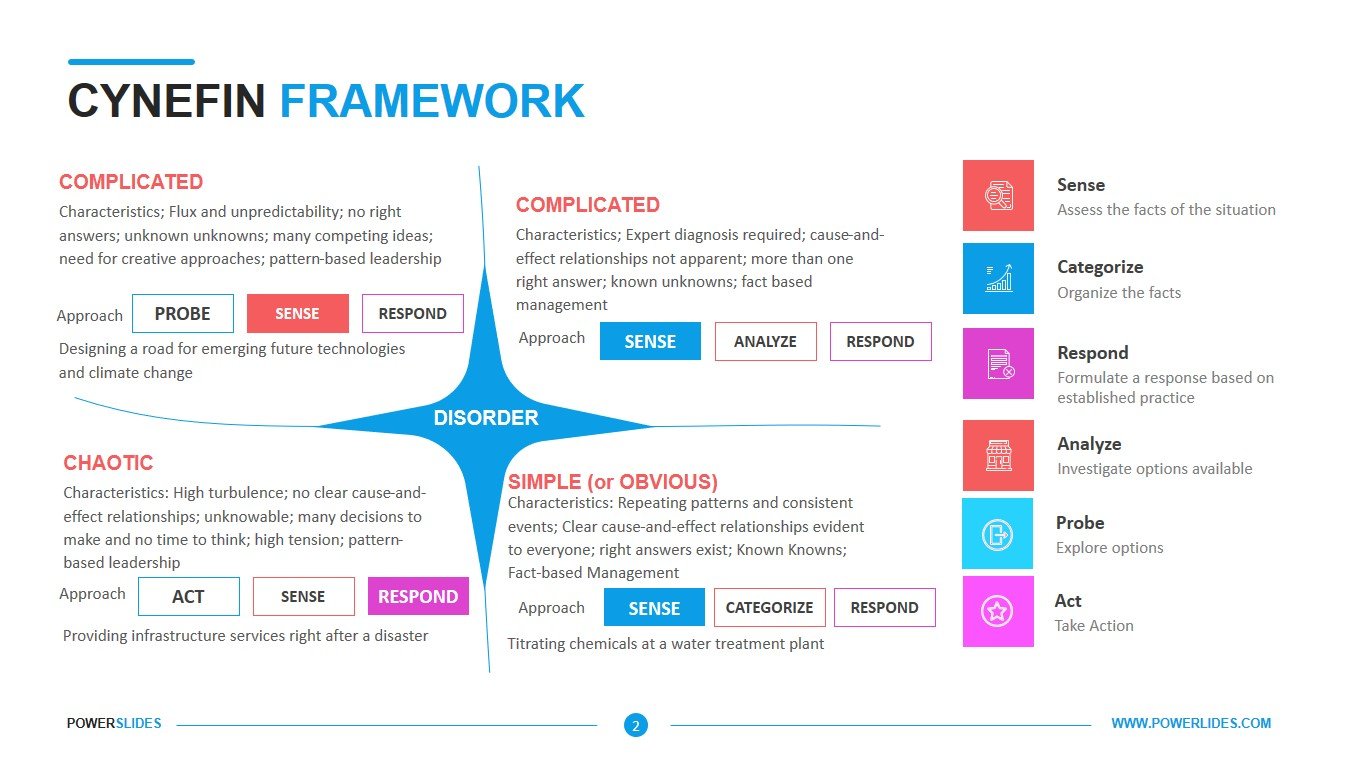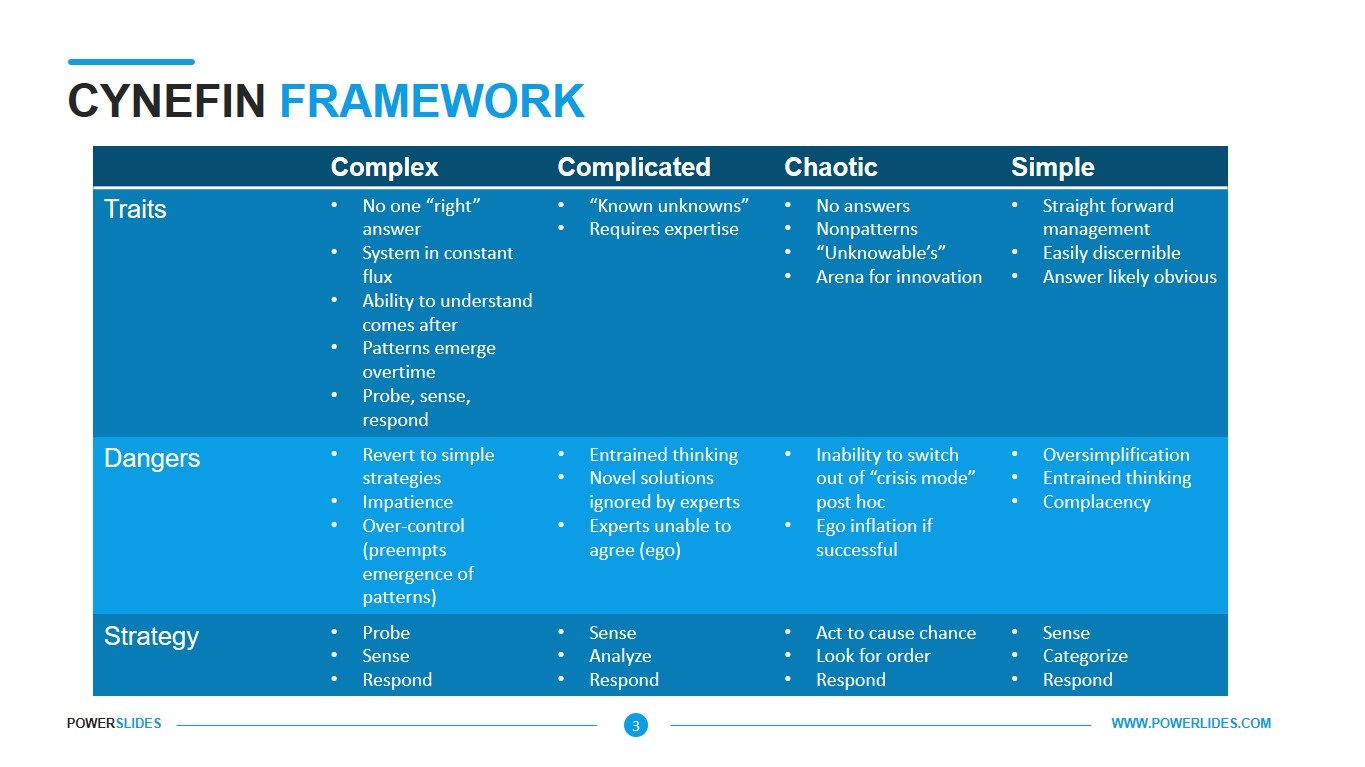Diminishing Marginal Return
 4 Slides
4 Slides
 File size: 16:9
File size: 16:9 
 Fonts: Lato Black, Calibri
Fonts: Lato Black, Calibri  Supported version
PPT 2010, PPT 2013, PPT 2016
Supported version
PPT 2010, PPT 2013, PPT 2016
Product details
The law of diminishing marginal returns is a theory in economics that predicts that after some optimal level of capacity is reached, adding an additional factor of production will actually result in smaller increases in output. For example, a factory employs workers to manufacture its products, and, at some point, the company operates at an optimal level. With all other production factors constant, adding additional workers beyond this optimal level will result in less efficient operations. The law of diminishing returns is related to the concept of diminishing marginal utility. It can also be contrasted with economies of scale. The law of diminishing marginal returns is also referred to as the law of diminishing returns, the principle of diminishing marginal productivity, and the law of variable proportions. This law affirms that the addition of a larger amount of one factor of production, ceteris paribus, inevitably yields decreased per-unit incremental returns. The law does not imply that the additional unit decreases total production, which is known as negative returns; however, this is commonly the result. The law of diminishing returns is not only a fundamental principle of economics, but it also plays a starring role in production theory. Production theory is the study of the economic process of converting inputs into outputs. Diminishing marginal returns are an effect of increasing input in the short-run, while at least one production variable is kept constant, such as labor or capital. Returns to scale, on the other hand, are an impact of increasing input in all variables of production in the long run. This phenomenon is referred to as economies of scale. For example, suppose that there is a manufacturer that is able to double its total input, but gets only a 60% increase in total output; this is an example of decreasing returns to scale. Now, if the same manufacturer ends up doubling its total output, then it has achieved constant returns to scale, where the increase in output is proportional to the increase in production input. However, economies of scale will occur when the percentage increase in output is higher than the percentage increase in input, so that by doubling inputs output triples.
The Diminishing Marginal Return template consists of four slides that have a neutral color scheme and lots of infographics. Template slides contain all the tools you need to build a professional presentation. The first slide gives you the opportunity to graph three stages of development – Most Productive, Diminishing Returns, Negative Returns. You can give a short description for each of these steps. This template will be useful for financiers and economists to report on incremental cost increases as output increases. Also, this slide can be used by managers when preparing a statement of income and expenses and measures to improve economic performance. The slide of this template will be useful for business trainers and educators when preparing courses on economics and finance. You can independently change the elements of the slides according to your corporate requirements.











